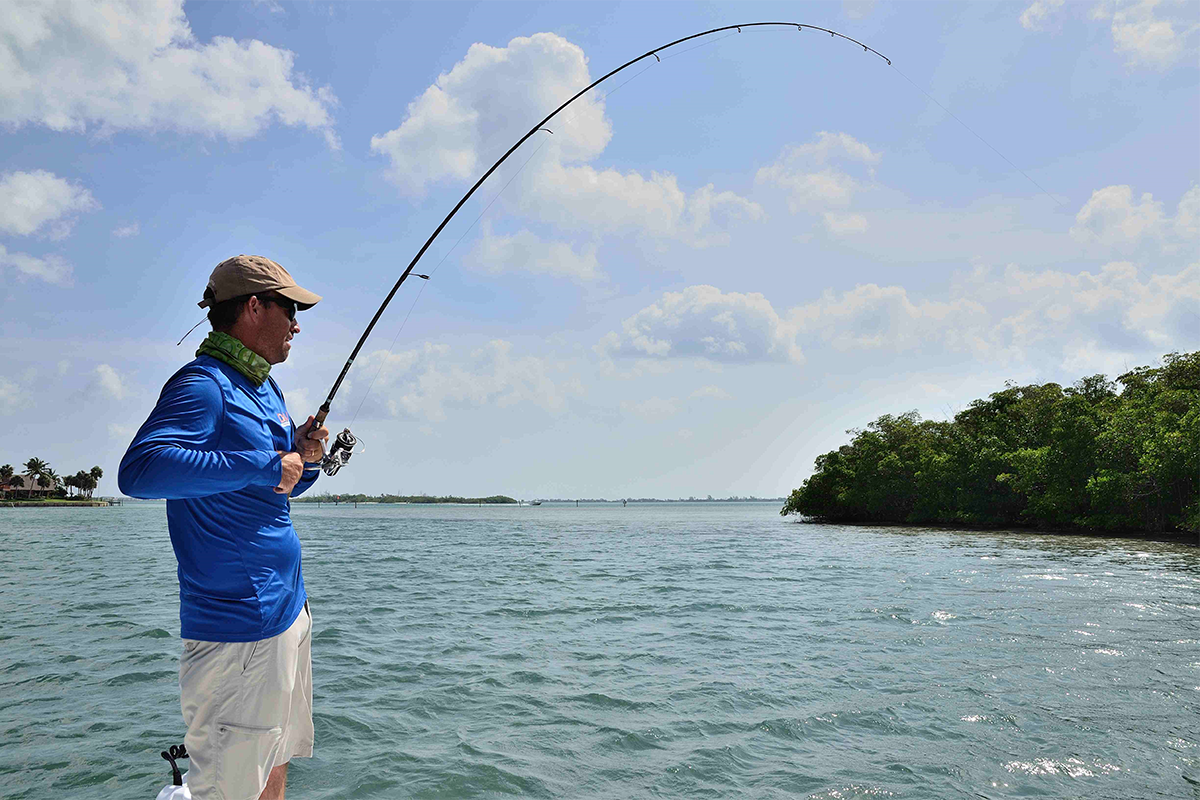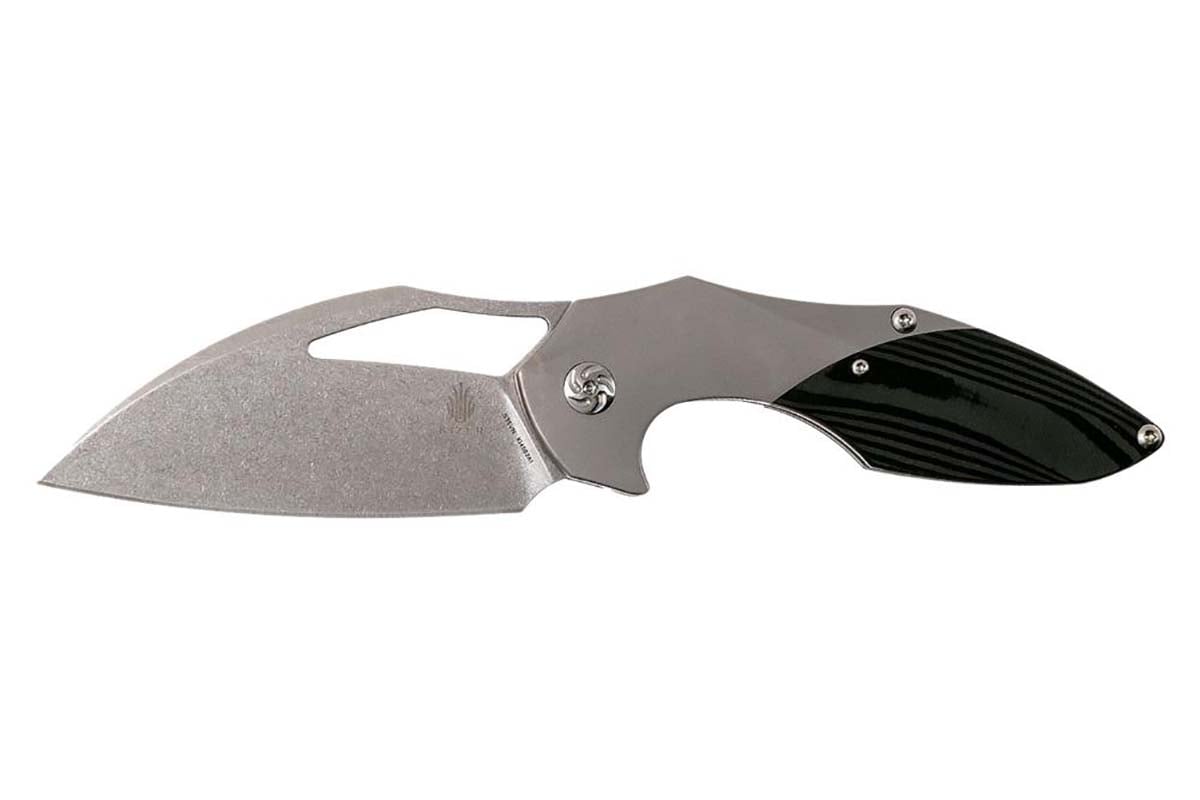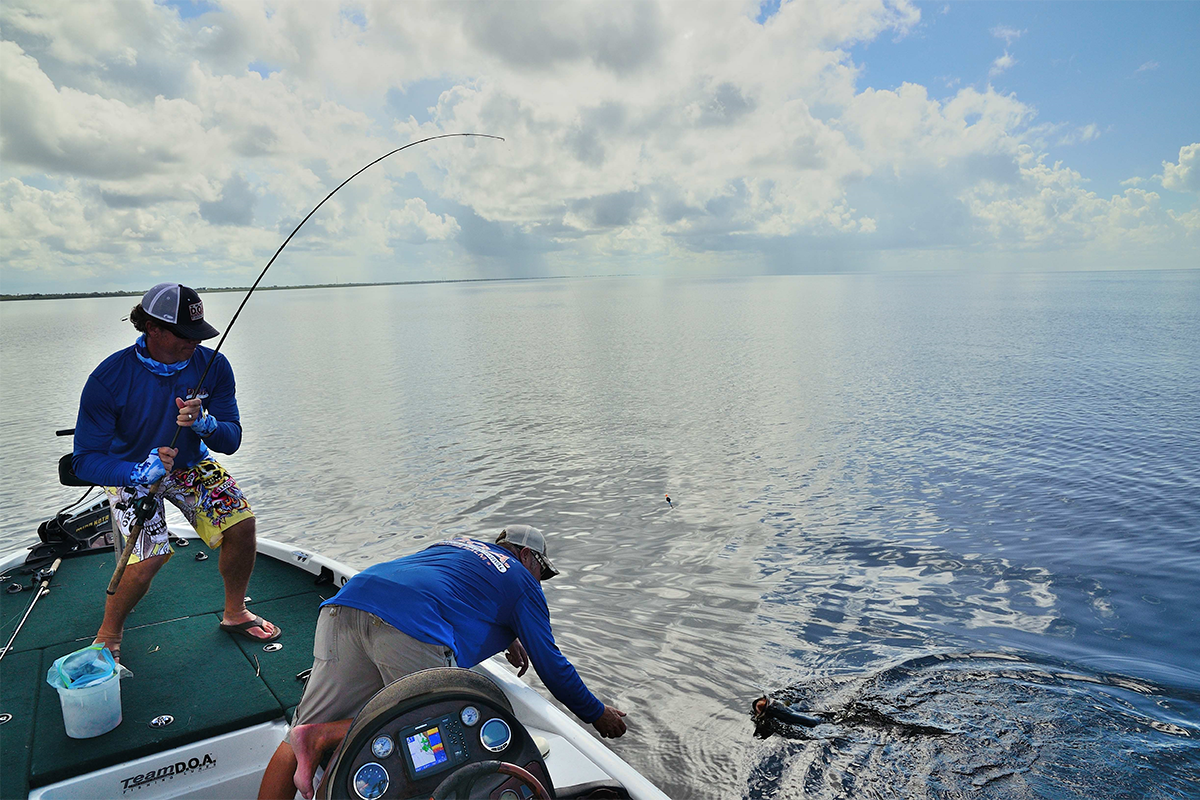Last Updated on
With springtime weather on the horizon, it’s time for anglers to dust off their battle gear for the upcoming spring/summer fishing season. And for some, the warm breezes and bright sunshine get anglers in the mood to upgrade or supplement their equipment arsenal. Fishing requires several elements and the fishing rod is arguably the most important link to a successful angling experience. From making accurate cast and detecting the bite to gaining control of the catch, rod selection is the most critical decision an angler will ever make at the tackle shop.

For uninformed or new anglers, rod selection will be more based on appearance, portability, and budget. Any reasonably-length rod in their price range will seem like the right decision, and it could be the right one for their intended uses. But, rod choice is a critical decision that should be taken seriously in order to have the best experience on the water. Having the right rod for the specific situation will absolutely improve your success rate and enjoyment on the water.
What Are Rods Made Of?
Originally, rods were all constructed of bamboo due to the strength, flexibility, and durability. While some rods are still made of bamboo fibers today, modern technology has shifted to fiberglass, composite, and carbon-fiber based material known as graphite in the fishing industry.
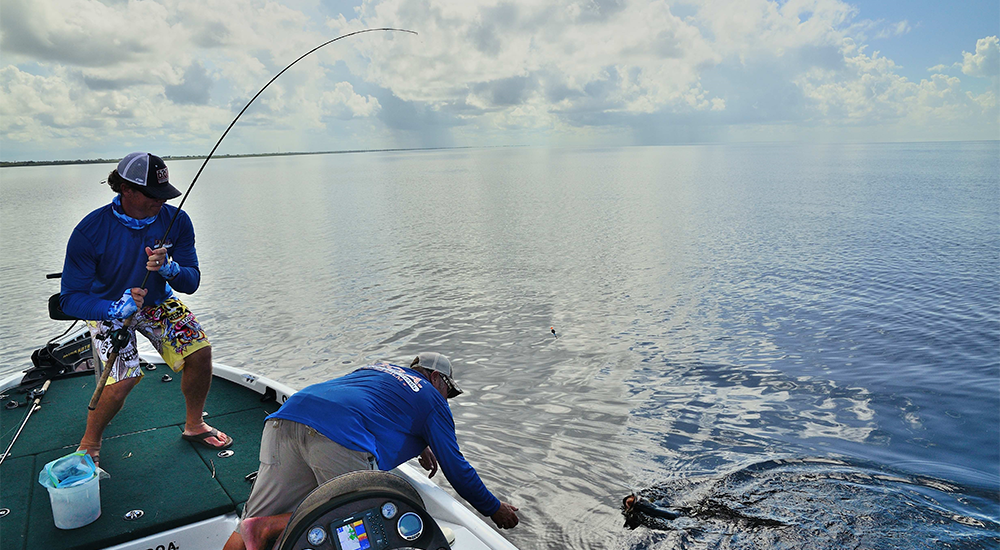
Fiberglass
Fiberglass rods are generally more flexible, but, less powerful, less sensitive, and less expensive than a carbon fiber counterpart. Fiberglass rods dominate the economical rod lines as a durable product when sensitivity and power aren’t the primary goal. Yet, fiberglass versions are perfect for a wide variety of uses where flexibility is the primary characteristic.
For example, anglers fishing with live bait and circle hooks love fiberglass rods because of the added flexibility. Some fish, like catfish, will take a live bait slowly mouthing the bait for several seconds before swallowing. The flexible rod allows the fish to take the bait without feeling much tension before swallowing. If a stiff, graphite version was used in this scenario, the added pressure often triggers the catfish to release the bait before swallowing.
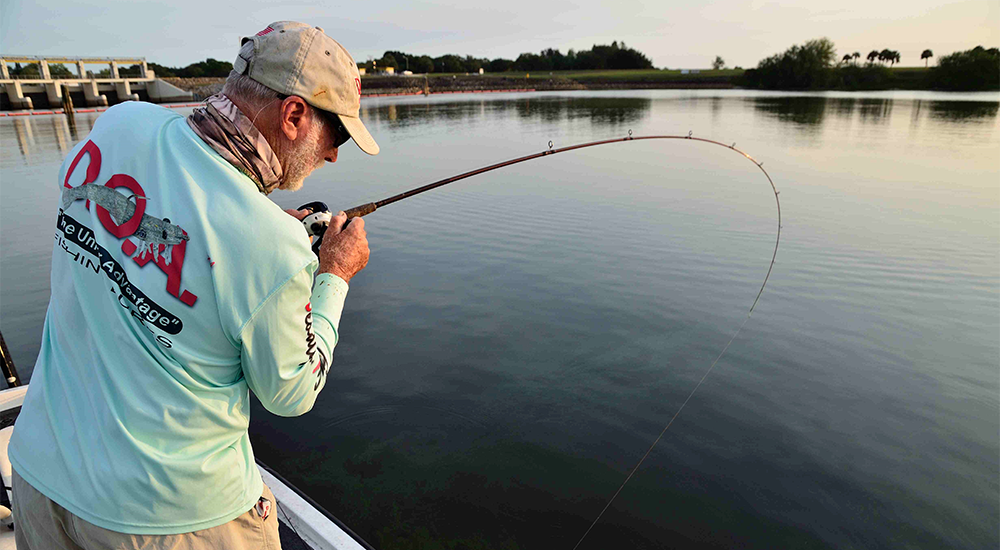
Graphite
Graphite rods are made up of hexagonal rings bonded together in a chain structure that offers unique properties both rod makers and anglers love in a fishing rod. Graphite rods are flexible, lightweight and strong to create a sensitive beast perfect for feeling subtle bites in almost any conditions. Graphite rods are rated by modulus or the pounds per square inch of force. Essentially, the greater the modulus, the greater the power a rod can store and release when needed. A higher modulus fishing rod will come at a higher price. Even though the level of sensitivity increases depending on the quality of modulus, high quality rods become less break resistant when exposed to surface damage.
Composite
Composite rods are a mixture of fiberglass, graphite, boron, ceramic, or other materials to make up a rod with similar characteristics of its source materials. Composite rods cost less than pure graphite rods, but more than fiberglass rods.
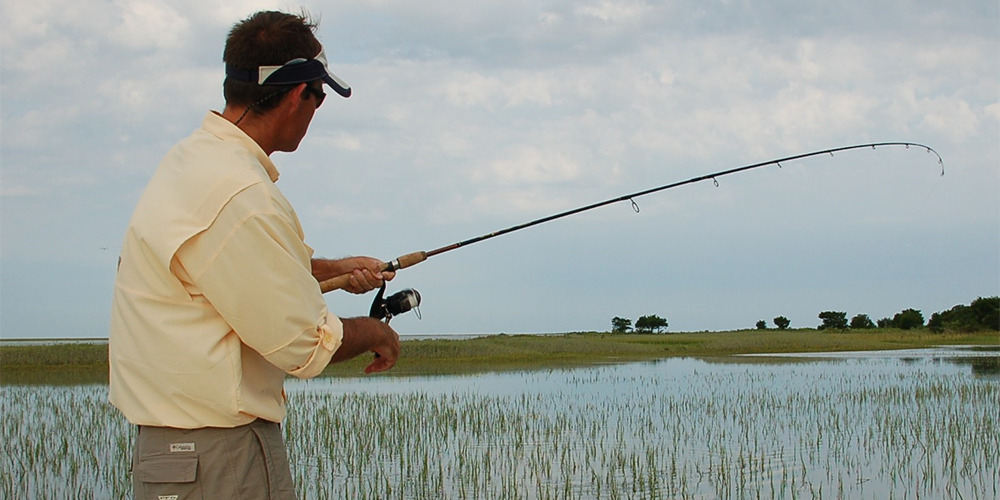
Other Material Factors
All rods are lined with five to 10 eyelets or line guides made of a variety of different materials and come in different sizes. The line guides do just what they are intended to do…guide the line from the reel along the rod and out to the water. Some rods will have more eyelets than others and some will have the eyelets spaced out more than others like in the surf fishing market.
The variables of surf fishing present a huge hurdle for anglers. Anglers need a long, flexible, but sturdy package to sling heavy baits and lures considerable distance. In addition, the eyelets need to be spaced out to minimize friction to gain the most distance. Shimano Tiralejo series comes in lengths up to 12-feet long with the long-concept guide spacing. These types of rods were developed specifically for surf fishing that allows anglers to overcome challenges where a traditional rod wouldn’t perform to the level needed.
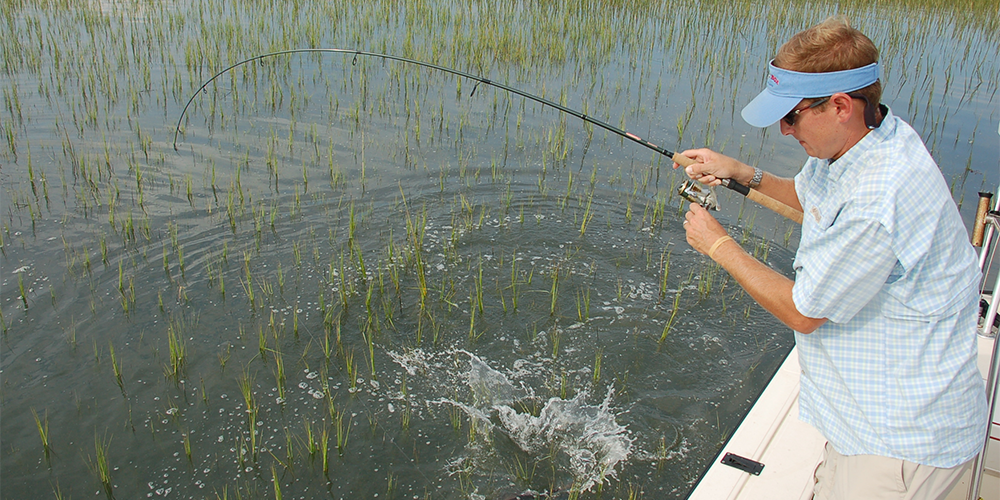
Single Or Multiple Piece
Rods come in either single or multiple pieces. Rods in multiple pieces have better portability, but some anglers believe the multiple sections are less sensitive than single-piece rods.
Handles
Lastly, rods have a butt section or handle section made of either natural cork, EVA foam, or a composite grip material. The butt section can vary in length and configuration. This section holds the reel and provides the angler a place to grip the rod for casting and retrieving. Longer handles assist anglers with making longer casts, but they come at a heavy price for added weight. High quality rods are made to reduce weight for less fatigue and for increased sensitivity to feel a subtle bite when it matters most.
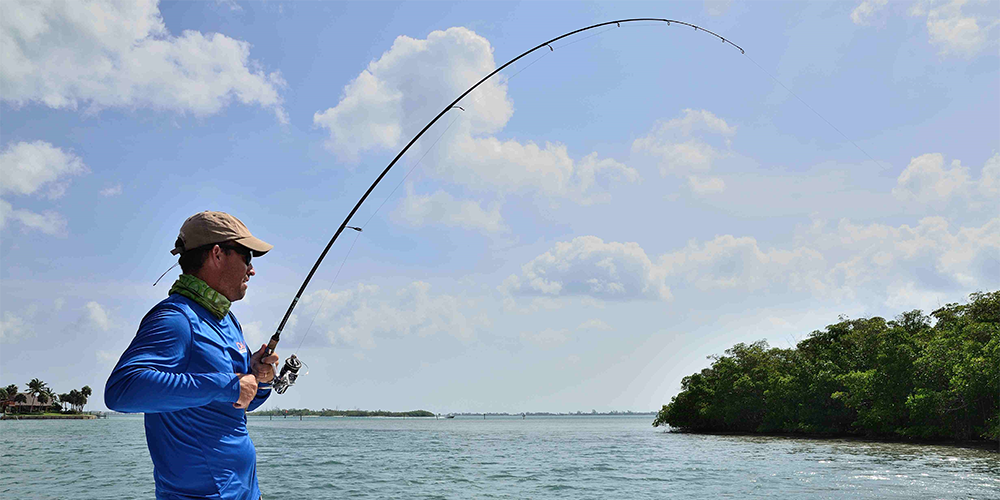
Continued in: Which Fishing Rod Or Rods Is Best For Me?
